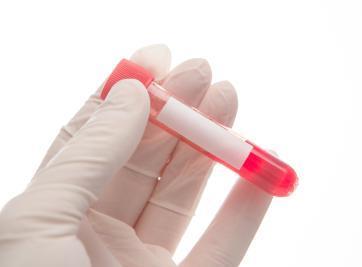What is the hypersideremia and what are its causes?
When a blood test detected that the serum iron is high, this is what is called hypersideremia. But, why cause this iron imbalance? What can we do to regulate the levels? As we will see, serum iron is the value that determines the level of iron in the blood.
Table of Contents
What does hypersideremia mean?
The term of serum iron means the presence in the blood of high iron concentrations.
In particular, when performing an analytical is the amount of mineral measured bound to transferrin, the protein that carries iron in the bloodstream. The tests will determine if the serum iron are higher than 150 mcg/dl in men, 160 mcg/dl in women and 119 mcg/dl in children.
Symptoms and consequences of hypersideremia
When iron levels in the blood are higher than normal should monitor them as it may cause some anomalies.
The most common symptoms include fatigue, anxiety, depression, mood disorder, joint pain and hair loss.
In addition, the hypersideremia can also cause heart rhythm disturbances such as arrhythmia or tachycardia, fertility problems and make us more vulnerable to metabolic and nervous system disorders.
Most frequent causes of hypersideremia
It is difficult to speak of a specific cause that causes increased serum iron, although there are a number of risk factors that should know.
First of all, the diet. Eating habits, like taking a diet too rich in foods with high iron content, can be a trigger.
Also, the presence of liver disease or administration of certain drugs can also increase levels of iron concentration in blood. Nor should we underestimate the role played by certain blood disorders or other imbalances.
What to do?
If after an analytical discovered that our serum iron is high, what to do?
There are several strategies to combat the problem and monitor serum iron. The first is reviewing the diet and follow a special diet, where iron is not the protagonist. So, you should opt for fiber, fruit and vegetables.
Also, this diet may be accompanied by the prescription of a specific drug by the doctor, to facilitate removal of excess iron.
